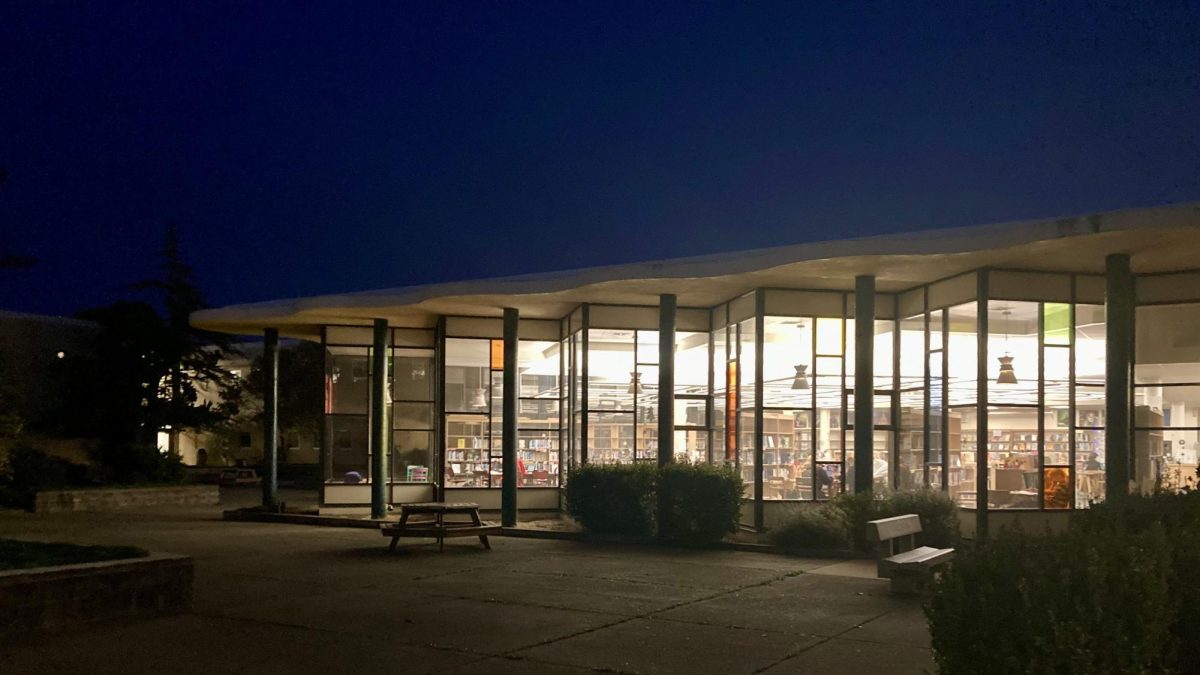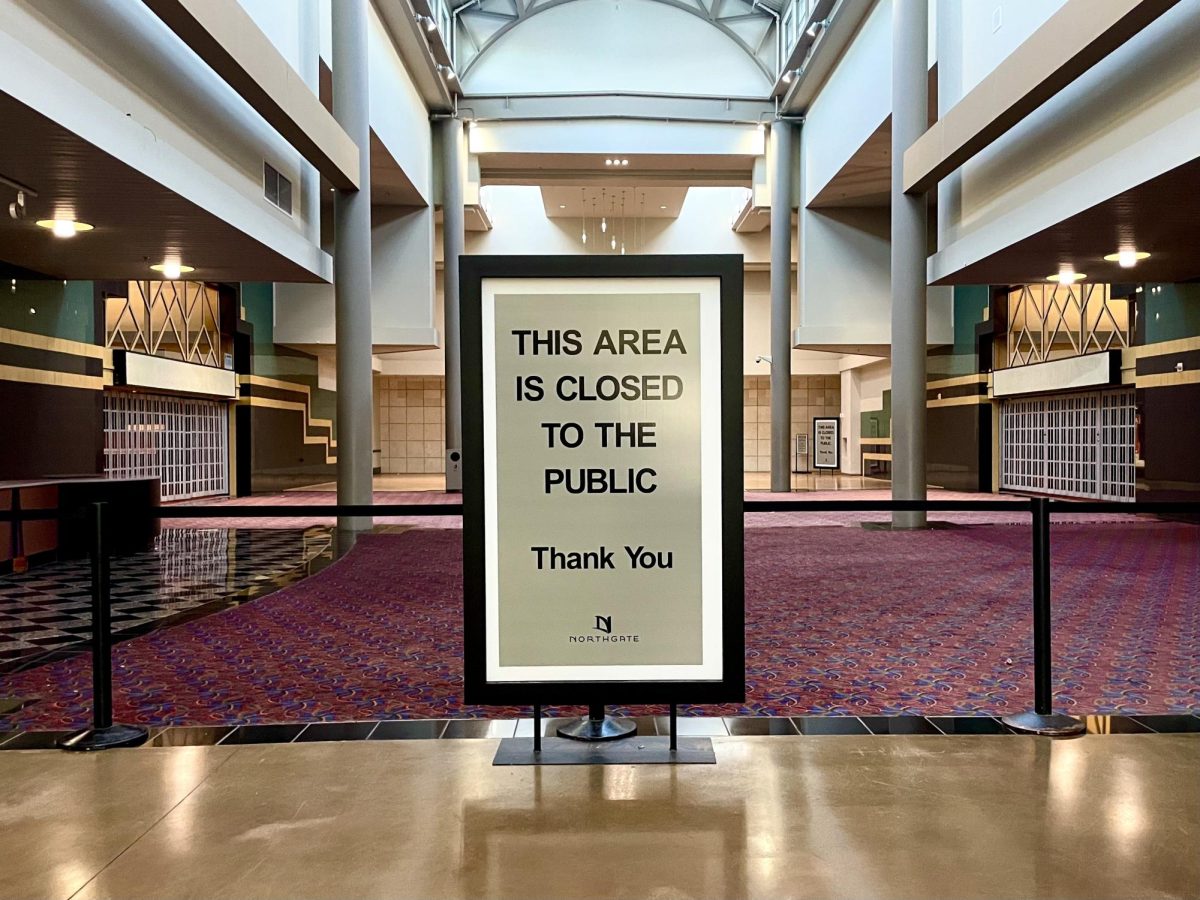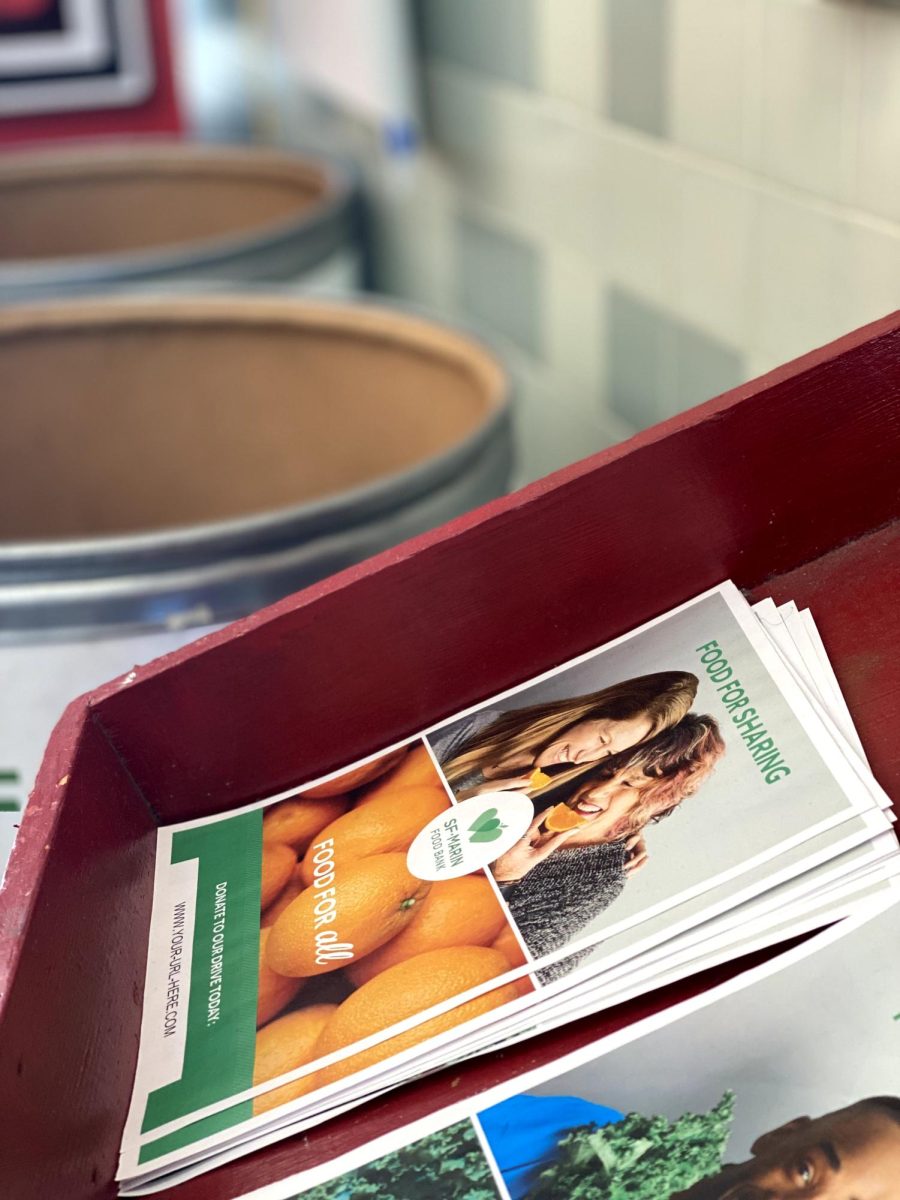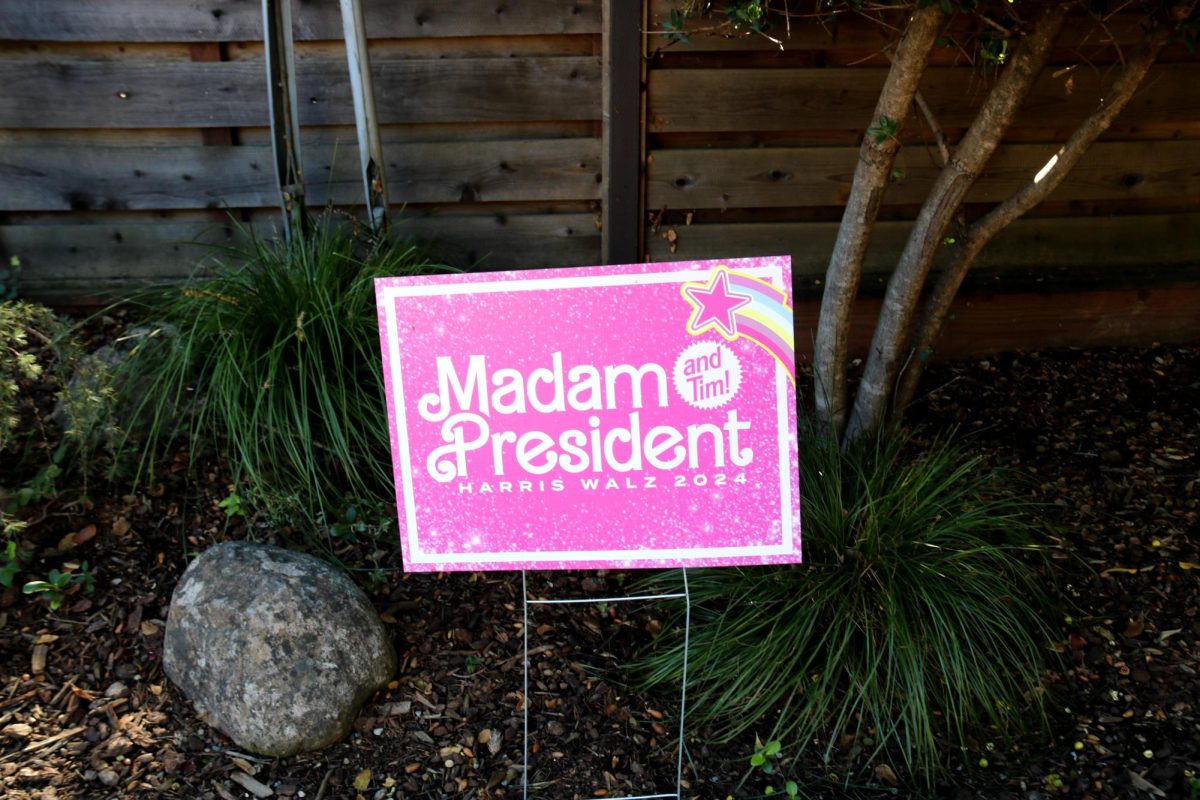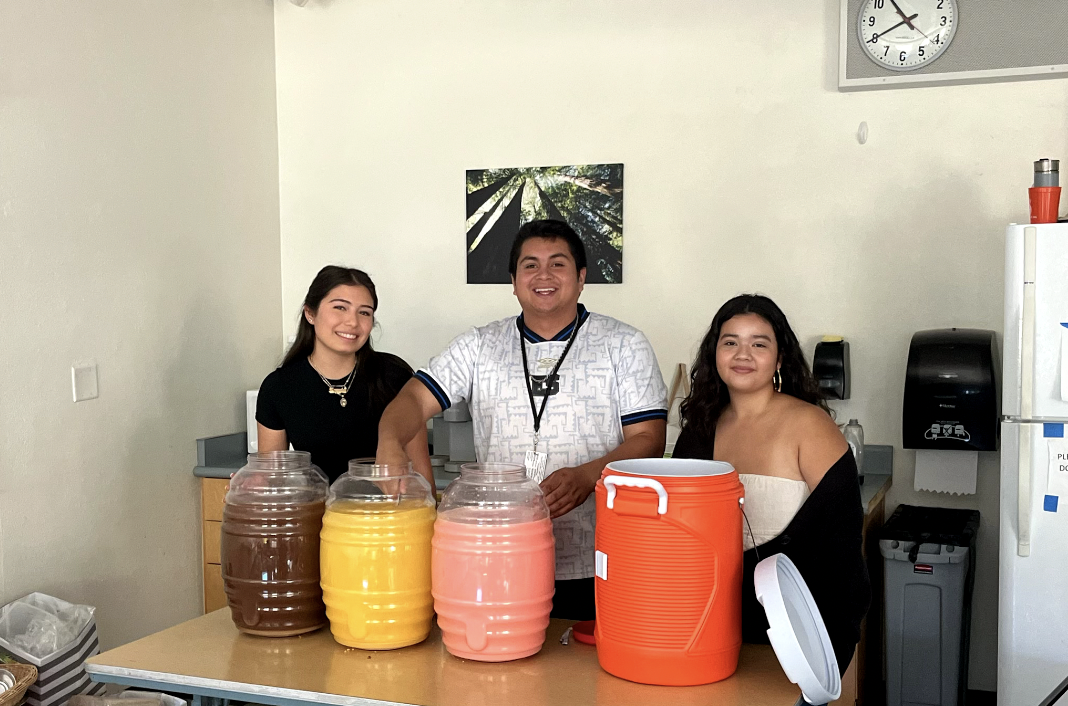In early September, the Marin Public Works District (MPWD) began the construction of a fish passage in Lagunitas Creek to help preserve Marin’s endangered salmon population.
The plans for this passage center around the improvement of a concrete box-shaped tunnel, called a culvert. It is located in a small channel in Woodacre, and the culvert is being modified in order to aid salmon through their mating process. The culvert was built 60 years ago in Lagunitas Creek and stretches about 100 yards.
“When salmon are adults, they have to swim back from the ocean to spawn. As they swim up Lagunitas Creek, they encounter obstacles—places they would have to jump up to get upstream,” said Public Works planner Katie Kull. “The passage will give them more area to spawn, an easier passage to swim through, and it also provides a summer rearing habitat.”
The specific life cycle of the salmon makes a healthy mating habitat important for their population, according to AP Environmental Science teacher Mitch Cohen.
“They spend most of their lives in the ocean, they feed, and then in a couple of years, it’s time for them to complete their life cycle. And so they come back into these rivers, often meters from where they were born, and that’s why this passage is important, because these salmon need a safe area to spawn,” Cohen said.
Former Redwood student and current Marin Catholic senior Brennan Halsey has been involved with the Tiburon nonprofit Salmon Institute for over ten years.
“Many groups do not understand that salmon need a natural amount of debris around the creek to have a suitable spawning habitat, and so they clear the river of all debris which destroys their environment. [This project] is important because it allows fish to reach their spawning grounds,” Halsey said.
Over the past decade, the MPWD has completed more than a dozen of these projects in attempts to help the salmon population. The fish passage project in Lagunitas Creek focuses on the native Coho Salmon, which are endangered on both state and federal lists. This specific project is important because of its location— Lagunitas Creek holds about 10 percent of California’s Coho Salmon, according to Kull.
“One of our programs is to look at the barriers of salmon up and down the coast, and remove them. So Marin County started a program in 2005 to remove all the fish barriers on Coho Salmon streams that were county-owned. A lot of our infrastructure was causing barriers to the salmon, but over the past 10 years, we’ve done 13 projects,” Kull said.
There are a series of hazards to the fish in the culvert’s design itself. Its box structure poses a “jump barrier” to the salmon, meaning that the salmon would have to jump over a wall in order to pass through the culvert, according to the design engineer of this passage, Joanna Dixon.
“The culvert they’re encountering on the stream we’re working on would’ve made a five foot jump for the salmon, so it’s created a jump barrier. It’s impossible for the salmon to get over a barrier like that,” Dixon said.
To address the eroded bottom of the culvert, which makes the water flow through too fast for the salmon to be able to swim through, there will be a series of baffles installed, which are small markers that will restrict the speed of the water flowing through the culvert, according to Dixon.
“Inside the culvert, we put in a series of tiny walls, only about six inches tall, that go across the culvert inside and they slow down the water. They don’t cross the culvert completely, but it creates a pathway for the fish where the water is slowed down, and there are little steps so the fish can get through the inside of the culvert,” Dixon said.
According to Dixon, the addition of rock and log structures in the stream are intended to create a more habitable environment for the salmon.
“They have to spend over a year in the creek, and they need logs to hide under and rocks to get food off of—a good healthy environment provides a lot of insects and other fish that they can feed on. They have to get fattened up, before going out into the ocean they need to feed,” Dixon said.
According to Kull, if the new rock and log structures were to float downstream, they could cause damming in other parts of the creek.
“The rocks and logs could potentially break loose and create problems downstream, so one of the things that we’re doing is we’re bolting down the logs and rocks—it’s called anchoring,” Kull said.
According to Halsey, the detriments to the salmon population have significant effects to the Bay Area.
“Salmon are a massive fishery in northern California; it has impacted the inhabitants of the Bay Area since the Miwoks, and if we can’t help the salmon fishery others will suffer a similar fate. Salmon also give a face to the larger problem that is habitat destruction and overfishing—we can use salmon as an example for why these are harmful,” Halsey said.
Senior Charlotte Trotter also has experience in volunteering at the Salmon Institute in Tiburon. According to Trotter, becoming involved in helping Marin’s environment is important for students, and though students can’t participate directly in the fish passage project, plenty of volunteer opportunities still exist.
“I do think helping Marin’s environment and community in general is important, whether it’s working with animals, nature or people. Marin teens should get involved, because not only does it build character, it also builds community in Marin in all sorts of life,” Trotter said.

